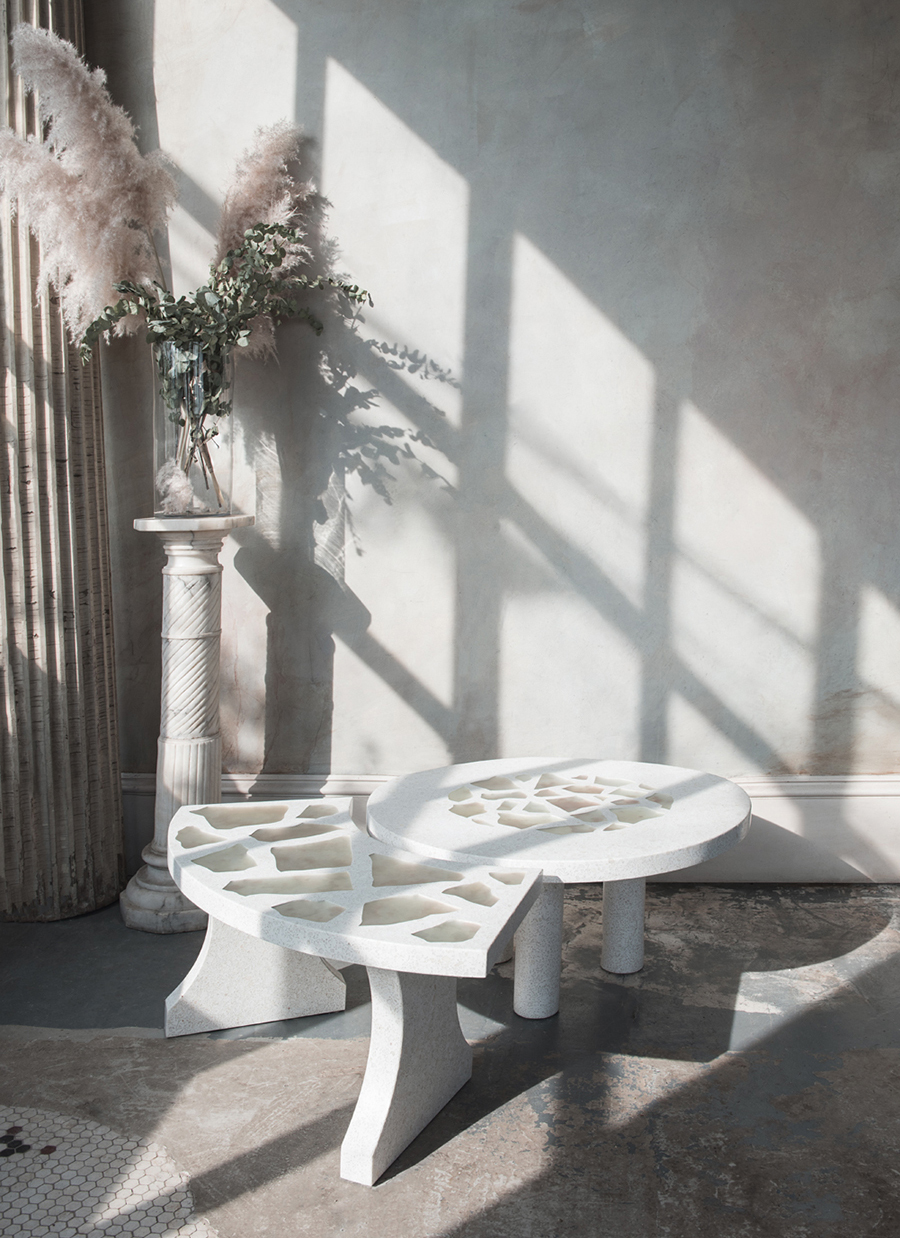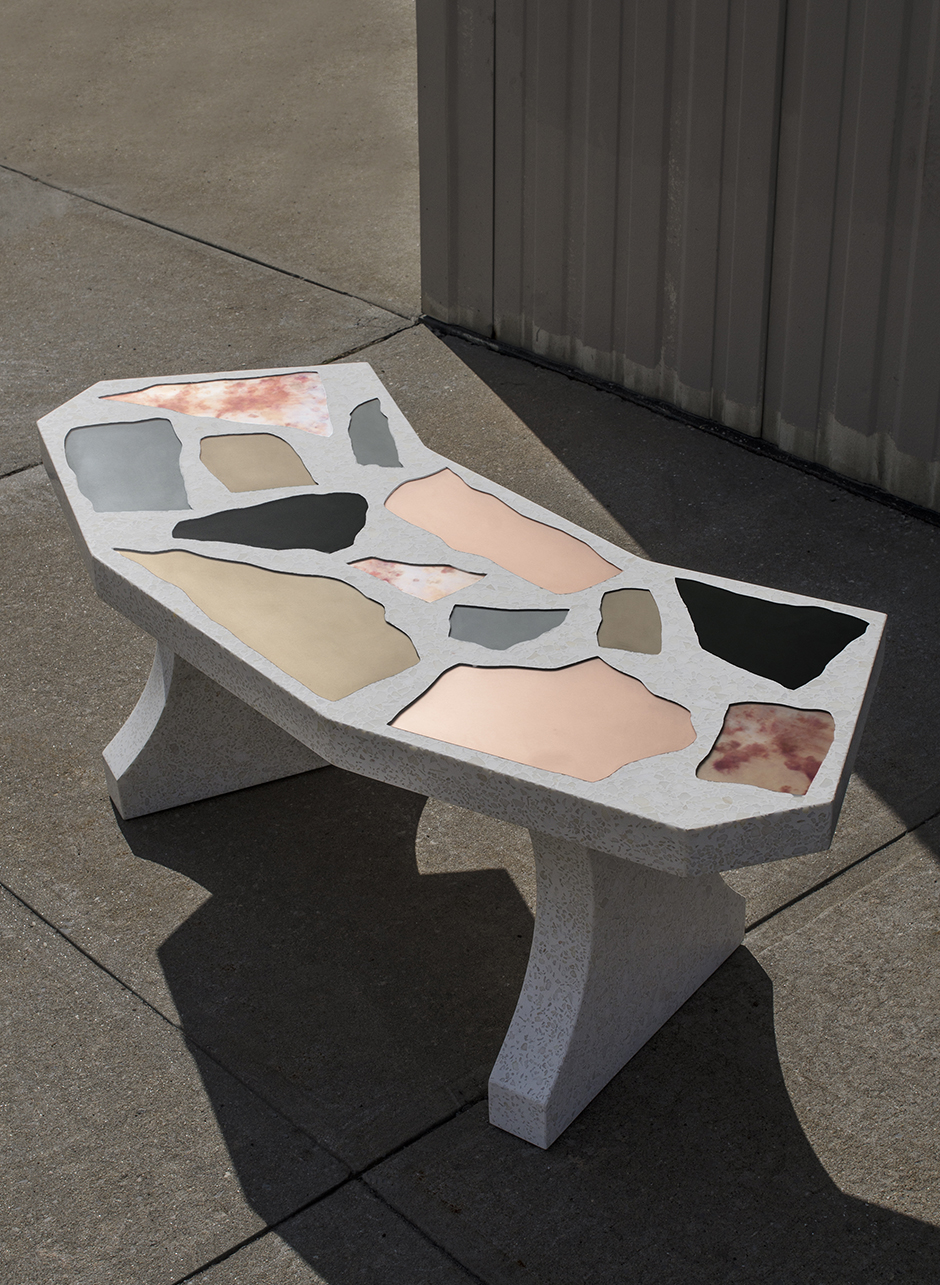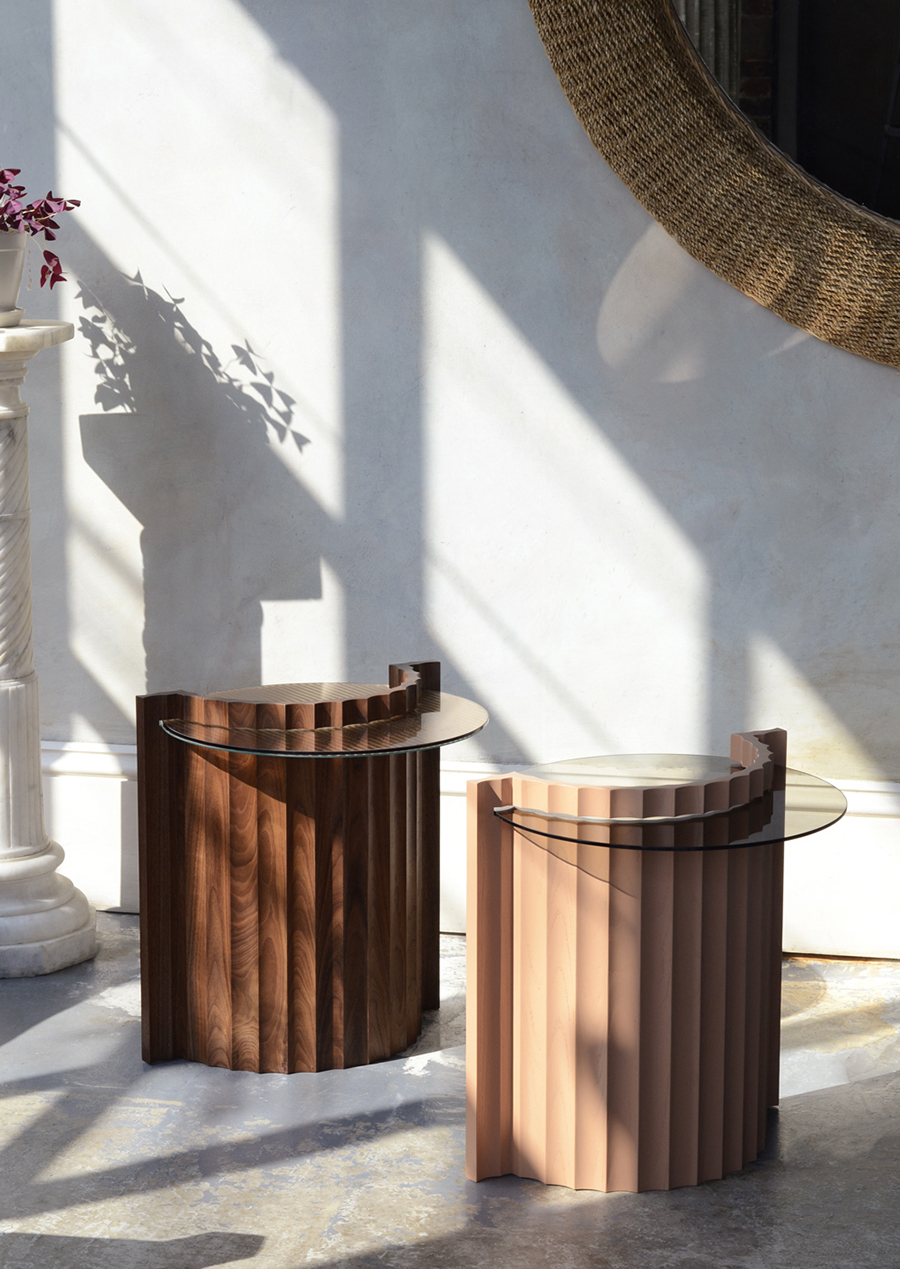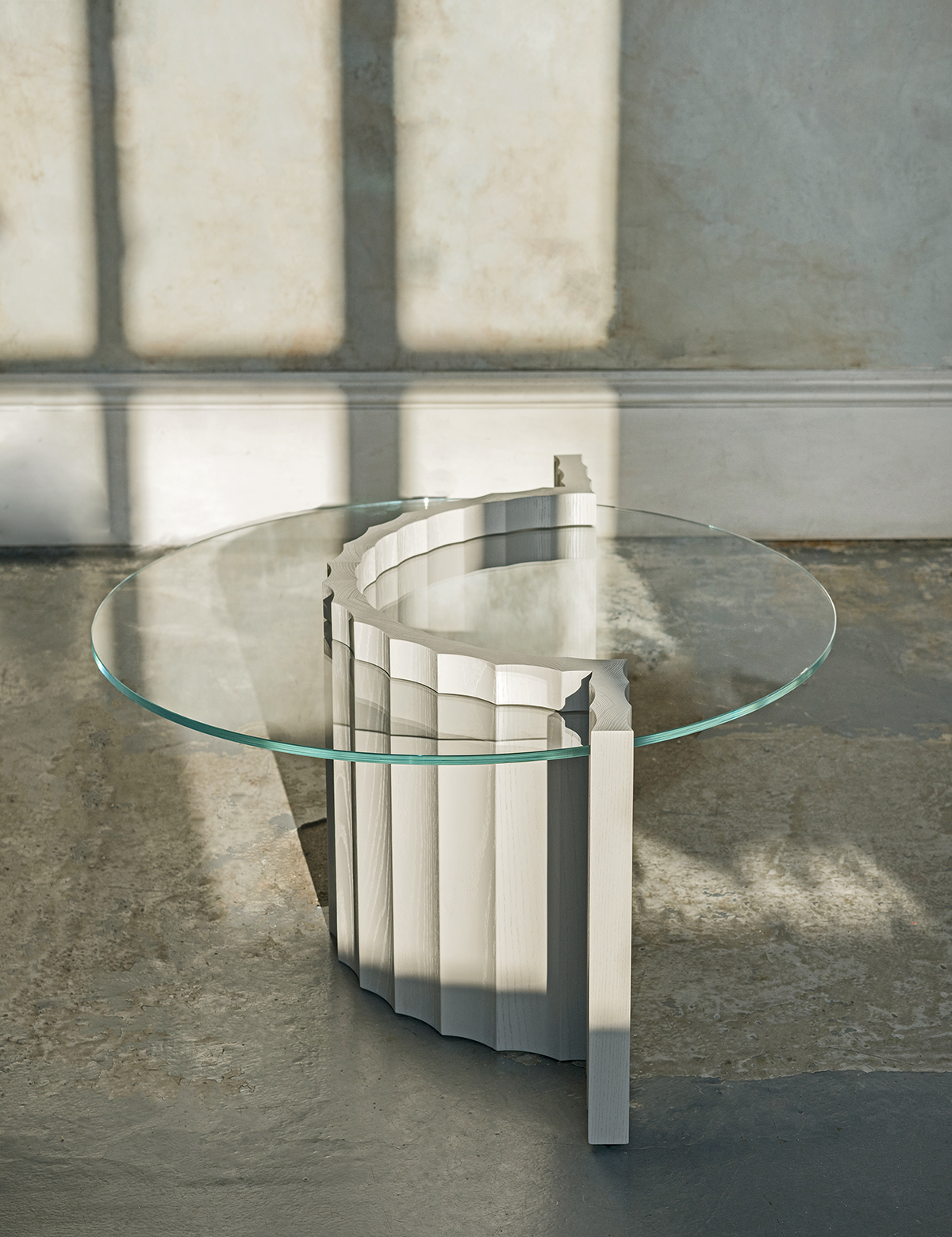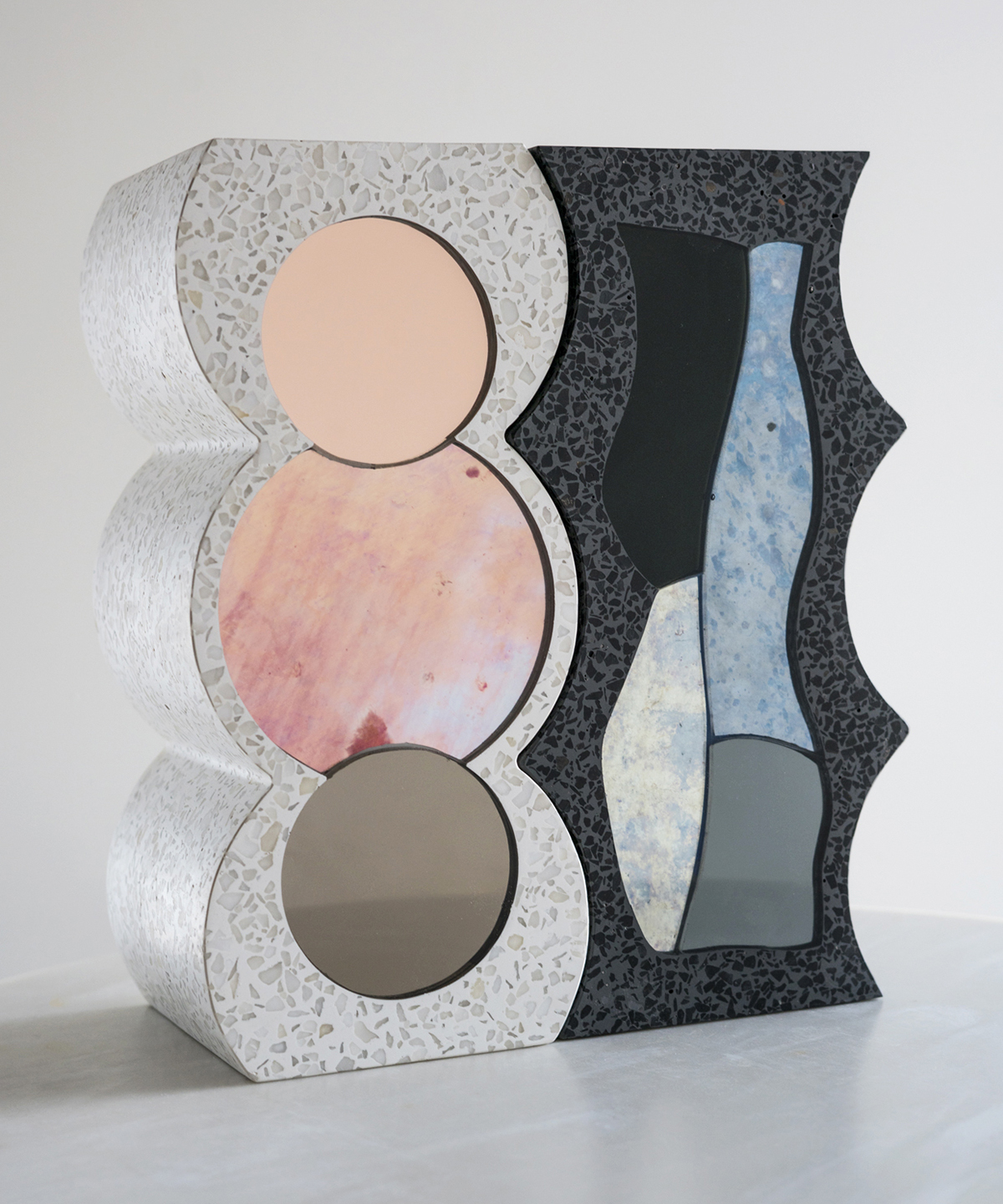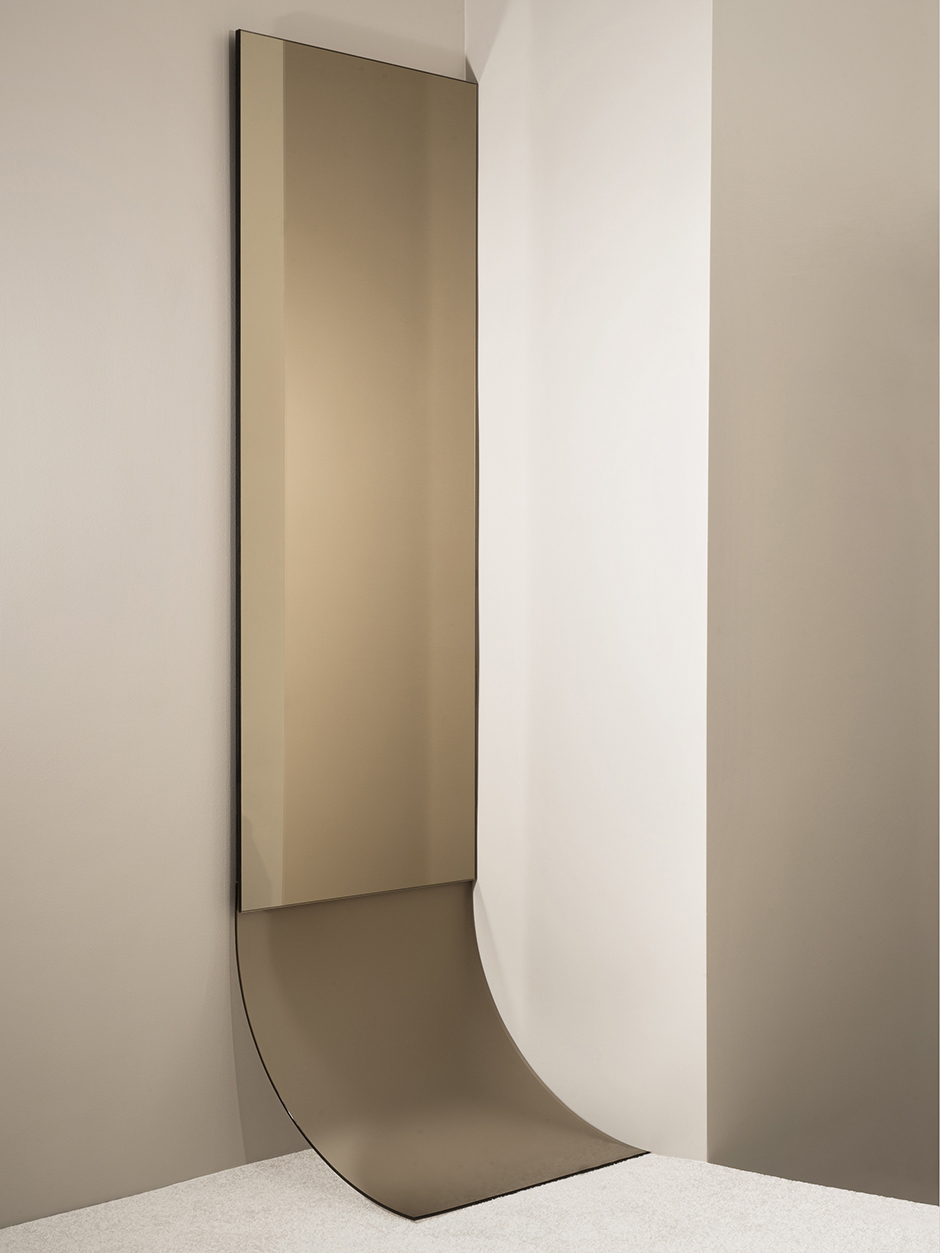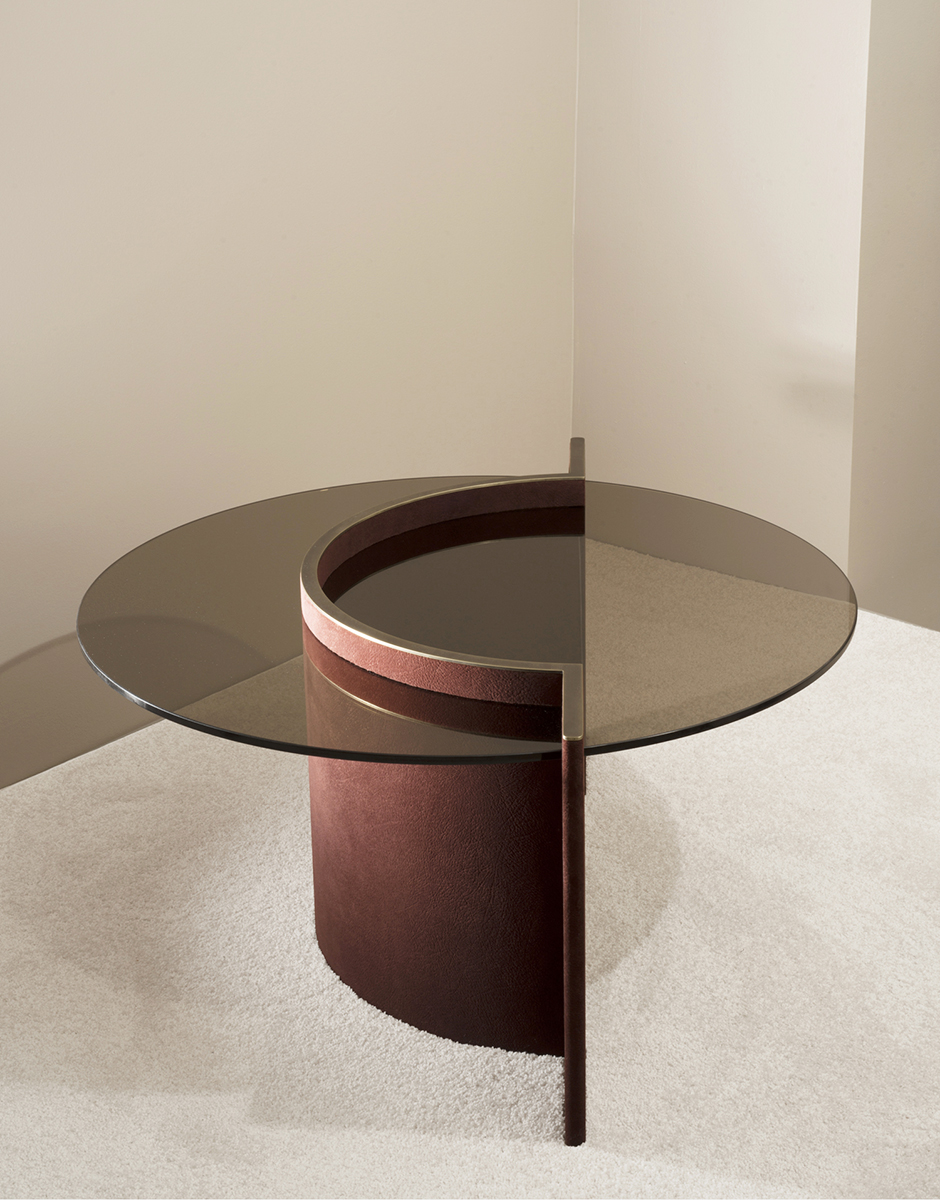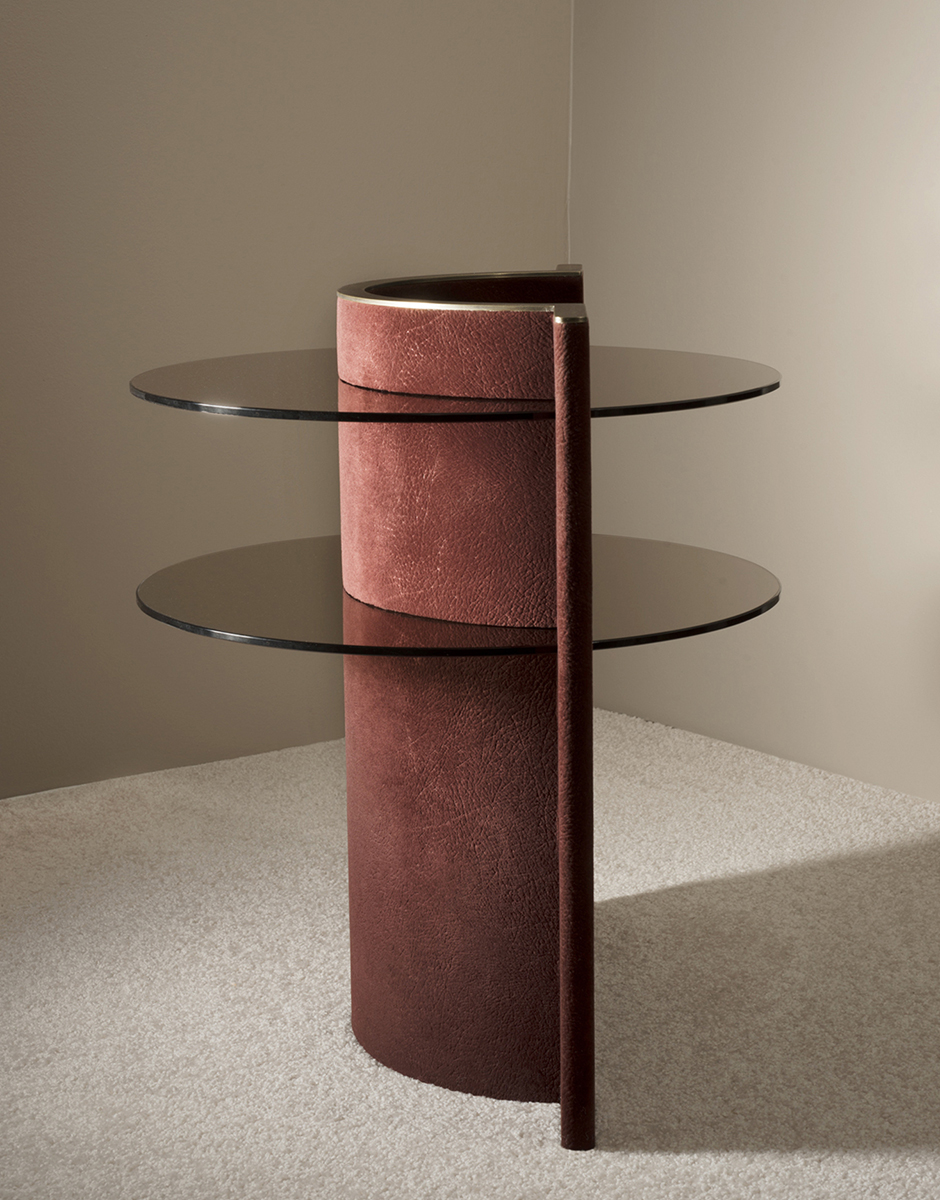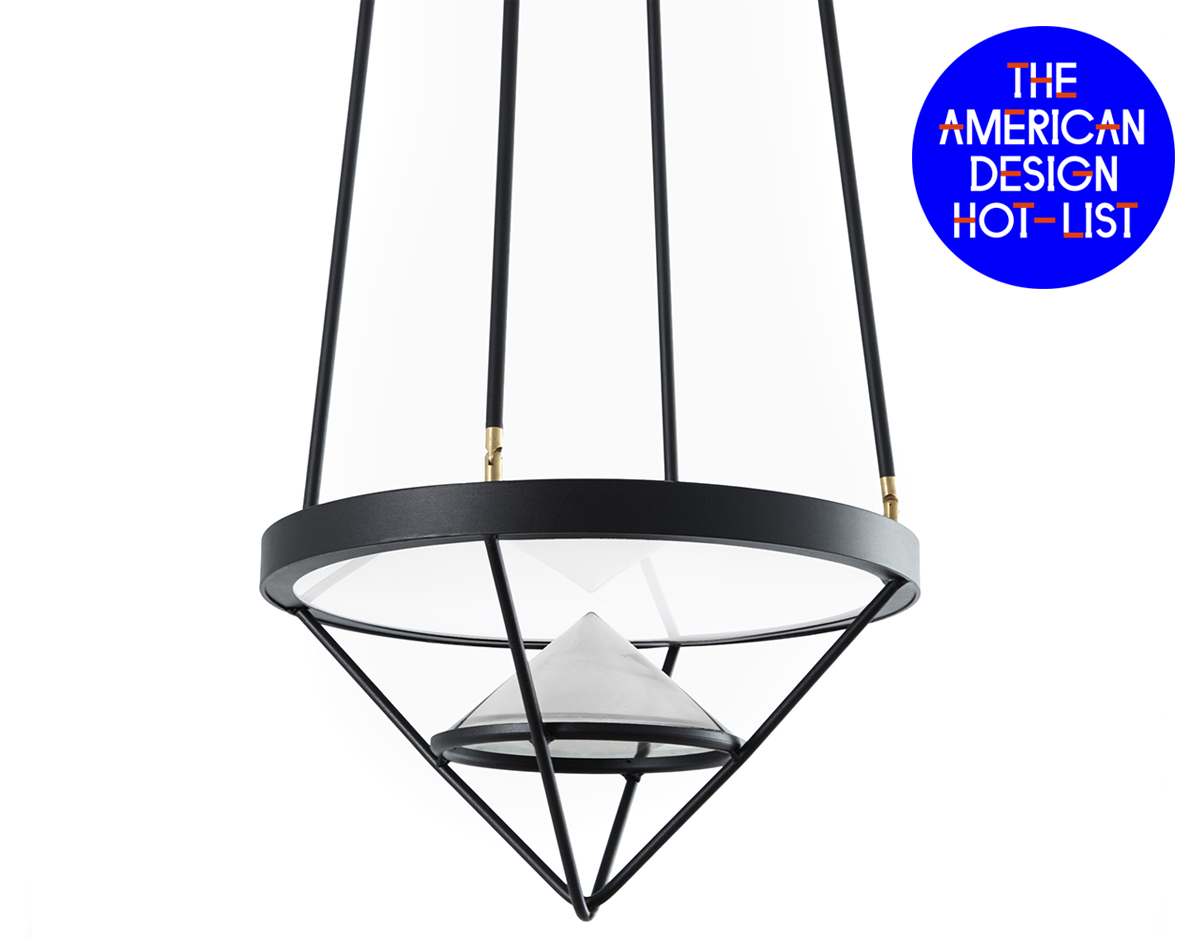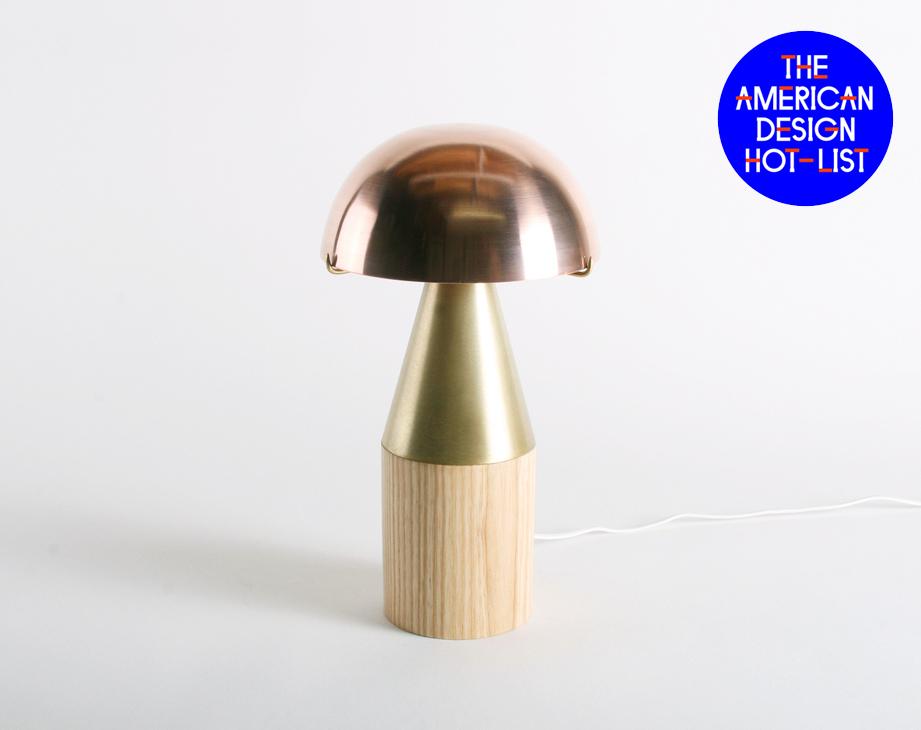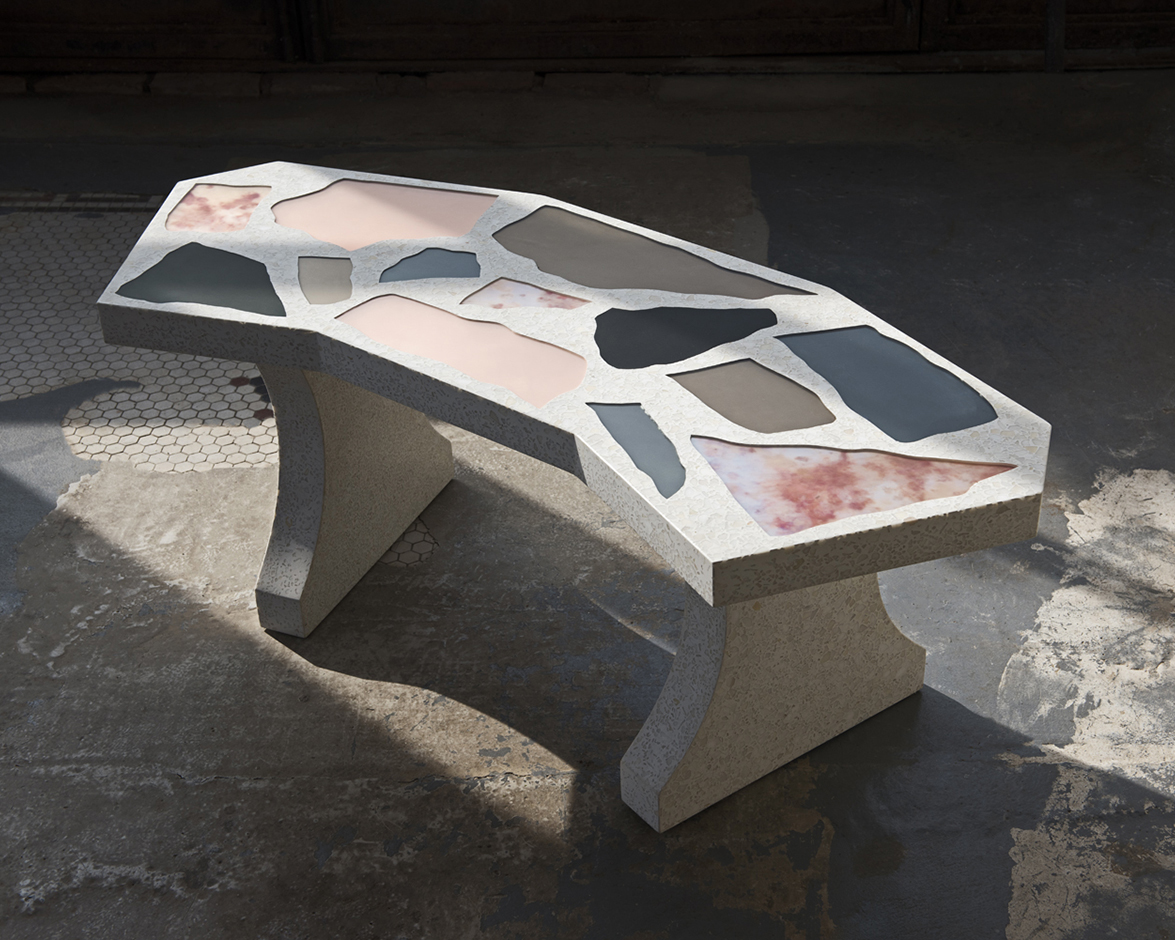
American Design Hot List 2019
Robert Sukrachand
New York, sukrachand.com
Robert Sukrachand has made plenty of pieces we love — tables sheathed in Microsuede, mirrors built from dichroic glass — but this was the year he took giant shards of colored and antique mirror, laid them out in a haphazard pattern on benches made from composite stone, and called it “Mirazzo” — our favorite yet.
What is American design to you, and what excites you about it?
American design is exciting precisely because of its lack of rootedness. There is no overwhelming design tradition or ethos in our country and that forms a dynamic atmosphere in which to create in. We can absorb, digest, and rework stylistic influences and material techniques from near and far. The outcome can be profound or it can be a cacophony, but what could be more American than that?
When I look around at my peers here in New York, I see a huge variety of pathways to a very diverse set of studio practices. What I mean is that the role of ‘designer’ feels much more blurred here than I’ve observed it to to be in other countries. Many of us aren’t even classically trained in design in any particular way. That disassociation from a particular school of thought leads to great creative freedom for the self starter.
What are your plans and highlights for the upcoming year?
I am so excited for 2020 because I am finally following through on a long term dream: to connect my two homes — the USA and Thailand — through the language of craft and design.
We are inviting American designers to come to Thailand for a sort of ‘summer camp’ experience where they can learn and be inspired by the unique materials and processes there. We believe the resulting products will be a natural outgrowth of the material and craft conversations that surface in this exchange. First to partake in this journey is our friend and studio neighbor Pat Kim, whose process-driven work is well-suited for a collaboration with the woodturners, lacquer artisans, and brass casters we have identified in Northern Thailand. I’ll also be developing some new designs with a pottery village that uses a distinctly red local stone called laterite in their vessels. The second pillar of this new project is to introduce the most forward-thinking products from contemporary Thai designers to the American market. We hope to create a connection between the two places and be a part of the increased conversation between emerging design hubs around the world.
What inspires or informs your work in general?
Lately I have been looking more inward and trying to connect the work that I make with a personal experience or story. That was certainly the case with the Mirazzo series, which was inspired directly by Thai street furniture but with clear references to traditional Italian terrazzo. So you could say I am looking for affinities and trying to highlight the way in which design is a universal language. I’ve always loved colored glass and have been using it in my work for years. I finally got my hands on this colored/patterned glass that is ubiquitous in South East Asia and brought a dozen sheets home with me on our last trip. Now I’m trying to figure out how we can manipulate that material here in our Brooklyn studio and create a new context around it. Those sorts of explorations are what really excite me at the moment.
